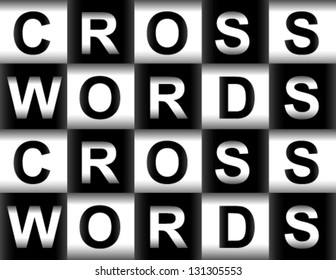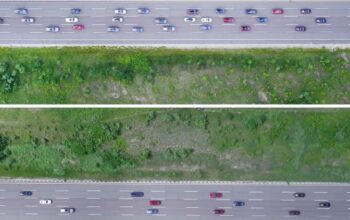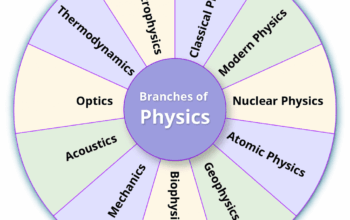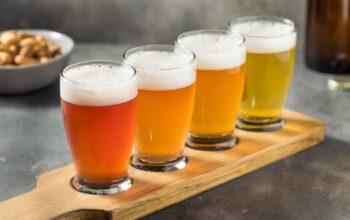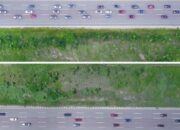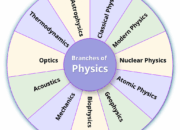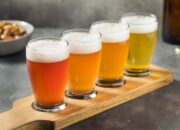The contemporary landscape of discourse surrounding science is increasingly diversified, driven in no small part by digital mediums. Among the myriad channels through which scientific discussions occur, the evolution of the crossword puzzle—a seemingly innocuous pastime—has emerged as a noteworthy entity. “Crosswords and Cross Words: Science Debates in the Digital Age” explores the intersection of this recreational activity with the scientific community, highlighting how crosswords have transcended mere entertainment to serve as vehicles for education, engagement, and advocacy in the realm of scientific inquiry.
To appreciate the current phenomenon, one must first delineate the structure and significance of the crossword puzzle. Traditionally, a crossword consists of a grid where words intersect at shared letters. Clues in the form of brief phrases or definitions challenge users to fill in this grid, stimulating cognitive abilities such as problem-solving and lateral thinking. When viewed through the prism of science, crosswords adopt a dual character: they are both a narrative and a challenge to the minds of participants. This duality serves as a fertile ground for fostering interest in scientific topics, particularly among lay audiences.
In the digital age, the proliferation of online platforms has catalyzed the production and dissemination of science-themed crosswords. Websites and applications dedicated to creating puzzles now feature thematic crosswords oriented around contemporary scientific debates—ranging from climate change and genetic engineering to public health initiatives. This digital proliferation not only democratizes access but also encourages diverse demographic engagement with science. As such, the inclusion of scientific vocabulary enhances the participants’ lexicon, merging leisure with learning in an unprecedented manner.
Moreover, crosswords can function as a pedagogical tool in academic environments. Educators in the fields of biology, chemistry, and physics have begun to implement crosswords as supplementary materials to facilitate comprehension of complex terminologies and concepts. By embedding jargon into engaging formats, students are often more inclined to interact with the subject matter. This method has been shown to foster retention of information, enabling students to navigate through intricate scientific dialogues in a more structured manner.
Additionally, crosswords can encapsulate current debates and controversies in science, creating a space for public discourse. In an era where misinformation proliferates, crosswords can serve as a corrective mechanism, instilling accurate knowledge through an engaging format. The completion of a crossword crossword that features questions about the latest scientific discoveries or ethical implications of new technologies can catalyze further inquiry and discussion. As users ponder the clues and their answers, they are subtly guided to reflect upon the complexities of modern scientific debates.
Furthermore, puzzle creators have the opportunity to imbue crosswords with layers of socio-political commentary, thereby addressing the intersection of science with broader societal issues. For instance, crosswords designed around the COVID-19 pandemic can traverse public health ethics, vaccine distribution, and socio-economic disparities exacerbated by the crisis. Such puzzles encourage players to confront not only the scientific facts but also the ethical and moral dimensions associated with them—a crucial understanding in today’s interconnected world.
However, the use of crosswords in addressing scientific discourse is not devoid of challenges. The challenge lies primarily in balancing entertainment with educational value. Designers must consider the complexity of clues and terminology to ensure accessibility. Overly technical jargon may alienate participants who lack expertise, thereby undermining the intended educational purpose. Conversely, overly simplistic clues may not engage seasoned enthusiasts, resulting in a missed opportunity to stimulate deeper understanding of critical issues.
The rise of gamification—the integration of game design elements into non-game contexts—has significantly influenced the way science is communicated in crosswords. Digital platforms now offer users a range of features, including hints, timed challenges, and competitive play. These elements can fundamentally alter the engagement paradigm, appealing to a wider audience while emphasizing a sense of achievement and motivation. Nonetheless, it raises questions regarding the commercialization of knowledge. Are users engaging with science for its intrinsic value, or are they driven solely by the game-like aspects? This question remains a focal point in discussions regarding the integrity of science communication in the digital era.
Finally, it is essential to consider the implications of crosswords and similar puzzles for community building within scientific discourse. By participating in platform-specific crosswords, individuals potentially forge connections with others who share similar interests. Online forums and social media channels often emerge where players discuss clues, share their solves, or even critique the construction of the crossword itself. This sense of community can bridge gaps between experts and novices, fostering a collaborative atmosphere where knowledge can be exchanged freely.
In conclusion, “Crosswords and Cross Words: Science Debates in the Digital Age” elucidates the multifaceted role that crosswords play in shaping scientific discourse. As platforms continue to evolve and engage wider audiences, the potential for these puzzles to both inform and captivate cannot be underestimated. The crossroads of gaming and education offers an optimistic future for public engagement with science. As we navigate the complexities of the contemporary scientific landscape, the relevance of crosswords as a means of communication and exploration persists, promising a melding of inquiry, interaction, and information in ways previously unimagined.
